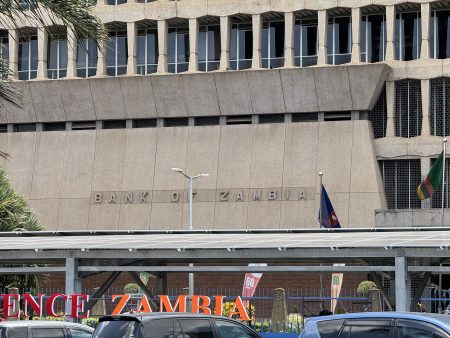As the Kwacha extends its slide, petroleum prices have continued to take a negative cue. Zambia is bearing the brunt of of rising crude prices and a weakening currency in the wake of geopolitical tension and ambiguities in its debt restructure process respectively. Zambia’s energy regulator hiked fuel prices an average of 11.0% in the month of February forcing an uptick in transport costs that pushed non food component of the consumer price index higher.
According to the Zambia Statistics Agency, February inflation accelerated 0.2% to 9.6% weighed by rising energy costs. The central bank in its first monetary policy communique raised its 2023 average inflation forecast 260 basis points to 11.1% which is expected to recede to 10.1% in 2024 outside the target 6-8% band. Key upside risks to the CPI number are rising asset sell off pressure from both endogenous and exogenous factors.
The central bank in Africa’s copper producer in its debut rate decision meeting hiked its benchmark interest rate 25 bps to 9.25% a fortnight after tightening its cash reserve ratio 250 bps to 11.5% as it sought to reign in on a weakening currency breeding inflationary pressures. Bank of Zambia monetary policy Chief Denny Kalyalya decided to hike rates for the first time in 1 year joining other central banks grappling with price pressures globally.
The Kwacha yields have has seen upward movement in rates to include a 50 bps rally in the 2 year to 18% in the second bond sale of 2023 while Thursday February 23 treasury bill sale recorded a 100 bps and 50 bps climb in the the 9 and 12 month points to 14.0% and 15.75% respectively. Zambia’s interest rate outlook is grim with bears likely as the odds of further rate hikes widening as price pressures exacerbate.
The Kwacha Arbitrageur





